Ephemeral Art
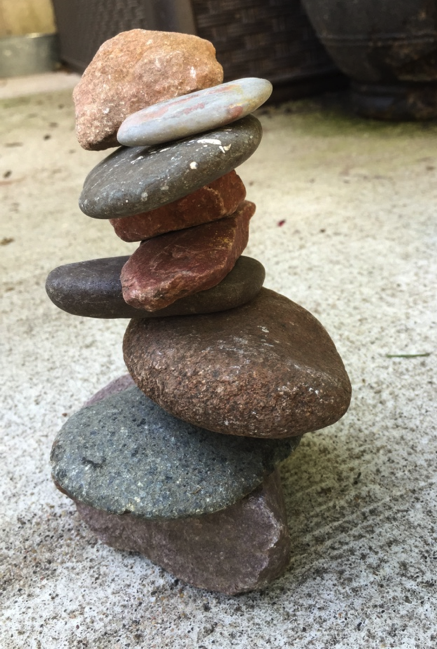
We have been seeing an abundance of artistic expression lately as our friends, neighbors and the children we care for embrace the pause necessitated by the pandemic and let their creative juices flow.
At times like these, I like to bring Andy Goldsworthy’s books back into our lives. I use Goldsworthy ‘s examples to teach my early learners and their families about ephemeral (pronounced ih-fem-er-uhl) art. Ephemeral art is short-lived. The children often refer to it as “earth art” or “land art,” but ephemeral is such a great word that I often introduce it to broaden their vocabulary.
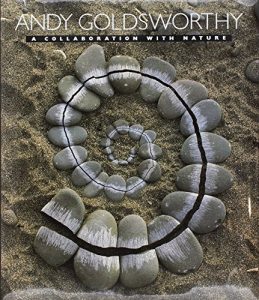
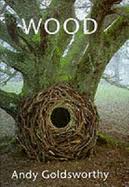
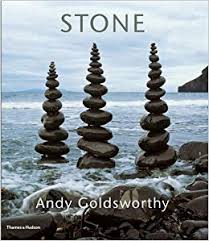
Andy Goldsworthy is an ephemeral sculptor and creator who specializes in crafting art from natural and found materials. His books have inspired and challenged my budding artists for years. Goldsworthy’s goal is to celebrate and study nature by interacting with natural elements as intimately as he can. He generally works with whatever is available at the site of his design, including stones, twigs, thorns, muds, snow, icicles, brightly colored flowers and leaves.

So what does this have to do with math and science? Plenty! As we explore ephemeral art this month, you’ll be amazed by the many STEAM (Science, Technology, Engineering, Art and Math) learning opportunities that ephemeral art projects can provide—and the many early learning standards or benchmarks for math and science that you can meet through this amazingly fun art form.
When we begin to experiment with ephemeral art, we use natural resources (sticks, stones, leaves, ice, shells, sand) to create our own original designs. For the children, this involves collecting, sorting, grouping, designing and often patterning. This hands-on learning can be used to deepen children’s understanding of the aesthetic qualities of natural materials, to enrich their vocabulary and to get their creative juices flowing. Earth art is creative fun that can be done by everyone!
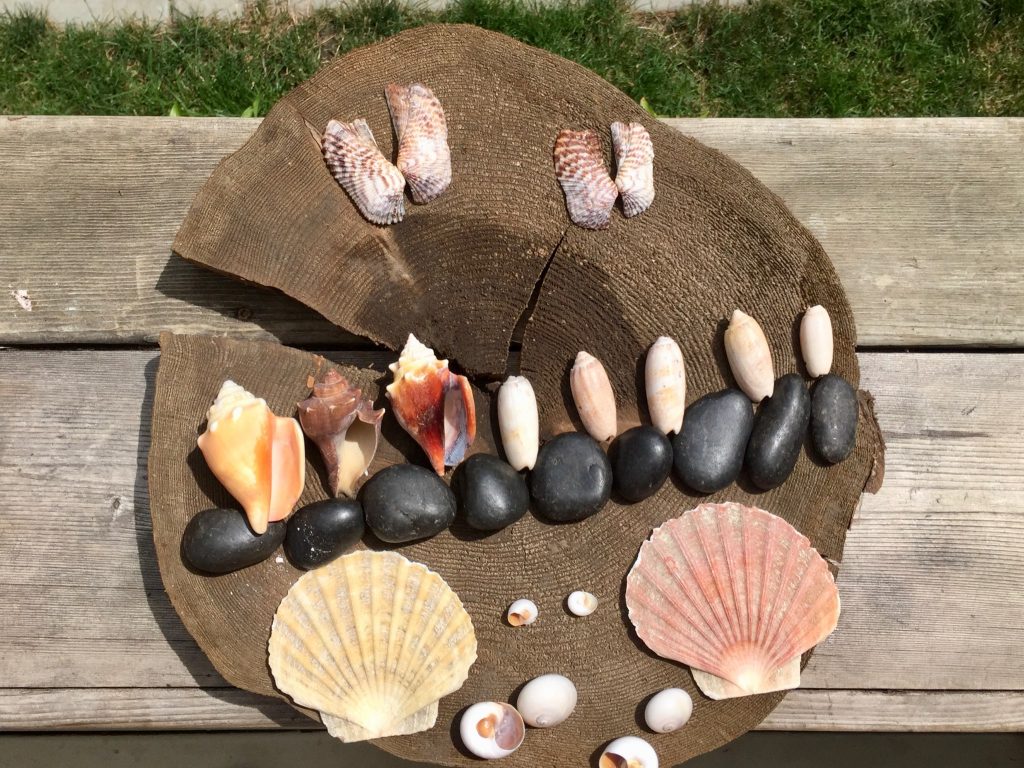
When children engage in design, they often use nonstandard units to measure length and capacity. They use vocabulary that describes and compares length, height, weight, capacity and size. They express wonder and curiosity about their world by asking questions, solving problems and creating art that may change course in the middle of their design process. Land art allows children to develop and use models to represent their ideas, observations and explanations through their designs. All of these creative endeavors will meet Illinois Early Learning Standards—and will very likely meet your state or institution’s early learning requirements as well.
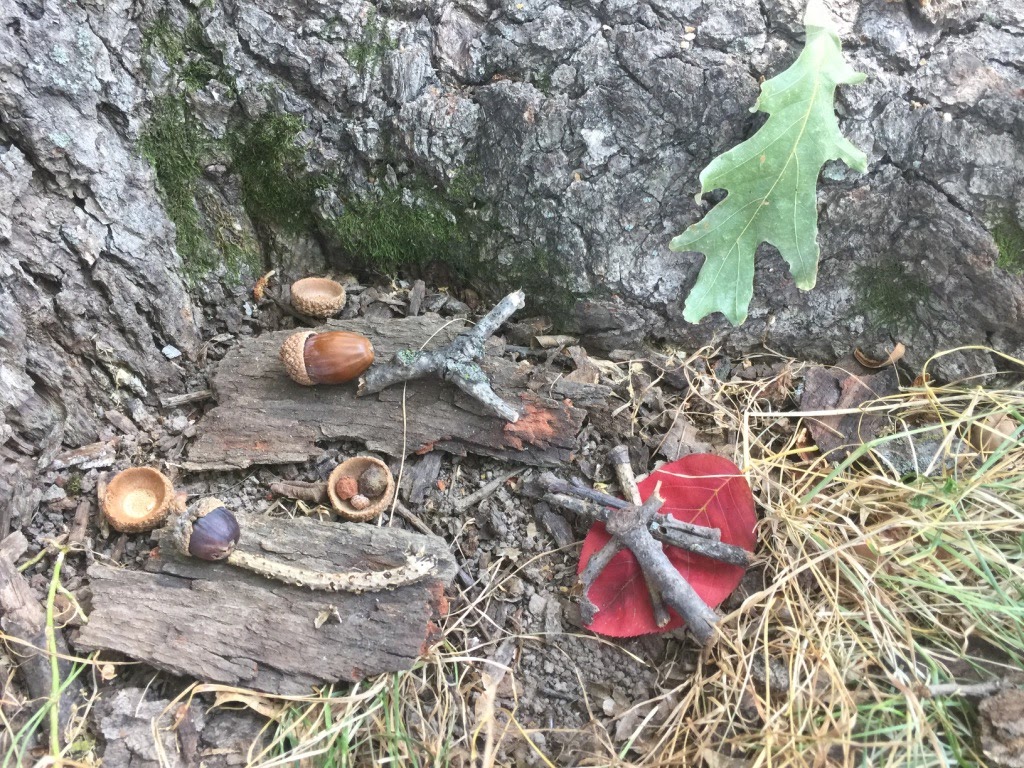
We love to create our own earth art using whatever natural materials have made their way into our program. Sometimes, to get the children’s creative juices flowing, I will do the collecting and sorting. I will often model the process for the children by sitting quietly within sight and starting my own design. Sometimes the children will work on individual projects and, at other times, they will collaborate on group projects. We never know quite when the inspiration will kick in or where the design process will take us.
Our students understand that their creations are a gift to all who see them. But they also accept the reality that their art is ephemeral and may not be there when we return to the sites of our creative endeavors.
I feel that this concept comes rather easily to children who spend many hours outdoors. They understand that the seasons, weather and wildlife are ever-changing. The plant that they could jump over yesterday has literally grown overnight. The tree stumps that they balanced on yesterday are now slippery from the overnight rain. Growing up with these daily changes and challenges allows children to understand that their artwork, their building projects and even the vegetables in their garden may disappear overnight. We have some mighty hungry rabbits and raccoons in our neighborhood. Snapping a picture to document the learning and sharing it with friends and family helps to remind the kids that everything about nature is ephemeral.
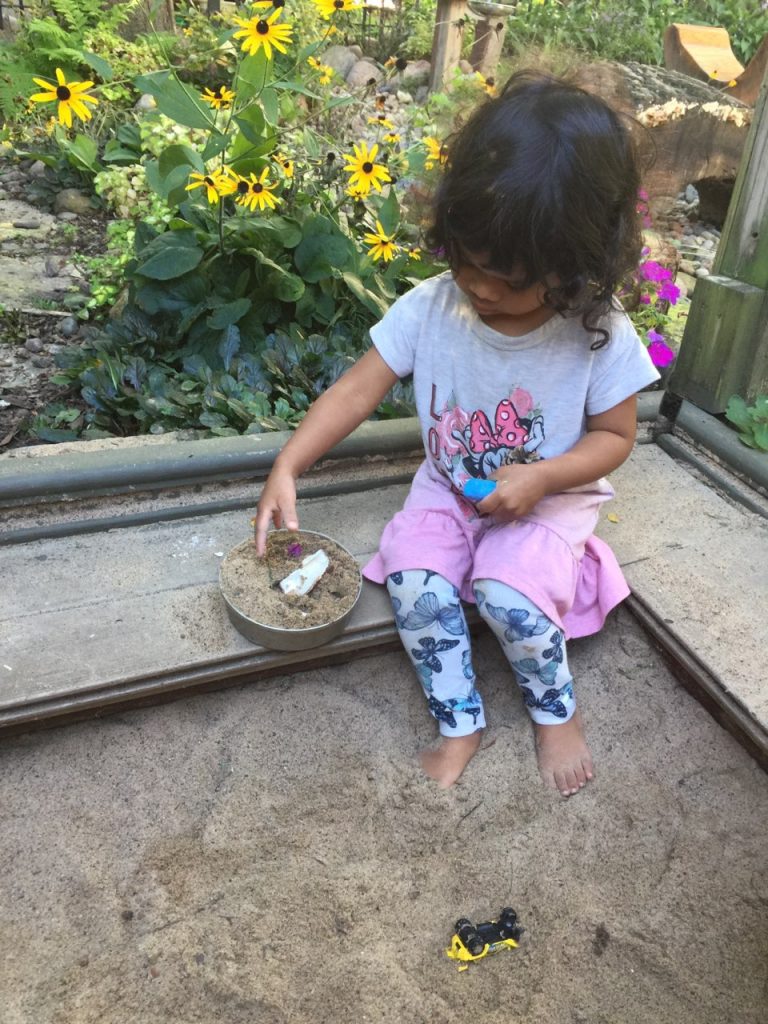
This month, I have a challenge for you. Currently, as we spend the majority of our days closer to home, wouldn’t this be a great time to share earth art with our neighbors? To create visual offerings on the sidewalk, in the park or in the forest for passersby to discover and enjoy?
So embrace the pause! Bring joy into the lives of strangers by creating ephemeral art and fostering the development of early math and science skills in our youngest learners!
Ready for a deeper dive into ephemeral art? Try out our lesson plan on Ephemeral Art